What special tools or equipment are needed when installing the screw heavy duty shield anchor
2025-07-08As a high-performance heavy-duty anchor, Screw Heavy Duty Shield Anchor is widely used in industry, construction and infrastructure projects. Its installation quality is directly related to the safety and stability of the structure. The proper selection of special tools and equipment can ensure the accuracy and efficiency of anchor installation.
Electric impact drill and drill bit
The first step in installing Screw Heavy Duty Shield Anchor is drilling. The drilling equipment must have high power and stability, and electric impact drill is the most commonly used tool. Impact drill has strong impact and rotation force, and can quickly penetrate hard foundation materials such as concrete and masonry.
The selection of drill bit is crucial. Usually, high-hardness alloy drill bits, such as tungsten steel alloy drill bits, are used to effectively improve drilling efficiency and extend service life. The drill bit diameter must be selected strictly according to the anchor specifications to ensure that the hole diameter meets the design requirements. The drill bit length must meet the anchor installation depth to avoid insufficient hole depth affecting the anchoring performance.
Aperture detection tool
After drilling, the hole diameter needs to be accurately detected. Use a vernier caliper or aperture gauge to measure the hole size to ensure that the hole diameter meets the standard range recommended by the anchor manufacturer. The hole diameter detection tool must be highly accurate and have clear readings, so that construction workers can quickly determine whether the hole diameter is qualified.
Hole cleaning equipment and tools
Hole cleaning is an important part of ensuring that the anchor bolt is firmly installed. Dust and debris remaining in the hole will affect the expansion effect of the anchor bolt and reduce the anchoring force.
Hole cleaning equipment usually includes a compressed air dust blower and a wire brush. The compressed air dust blower can quickly blow away the fine particles in the hole, and the wire brush can effectively remove the loose materials and contamination layer on the hole wall. The hole cleaning tools must be used together to ensure that the hole is clean and the hole wall is flat, providing a good environment for the expansion of the anchor bolt.
Torque wrench
During the installation process, the torque wrench is a key tool for controlling the tightening torque of the anchor bolt. The design torque of the Screw Heavy Duty Shield Anchor is generally provided by the manufacturer. The use of a torque wrench can accurately apply the recommended tightening force to prevent over-tightening or over-loosening and ensure the effective operation of the expansion mechanism.
Torque wrenches are divided into mechanical and digital types. Digital torque wrenches have more intuitive readings and less error, making them suitable for construction sites with high precision requirements. Torque wrenches must be calibrated regularly to ensure accurate data.
Hammers and impactors
Some models of Screw Heavy Duty Shield Anchor require the expansion sleeve to be knocked into the hole first, and a hammer or special impactor is required at this time. The weight and impact force of the hammer should match the specifications of the anchor bolt to avoid deformation of the anchor bolt or cracking of the hole wall due to excessive impact force.
The impactor is suitable for large-scale industrial construction, which can provide stable and uniform impact force and improve construction efficiency.
Level and vertical detection equipment
It is crucial to ensure that the anchor bolt is perpendicular to the foundation surface during installation. Inclined installation will affect the anchoring force and safety. Levels and vertical detection instruments can help construction workers adjust the anchor bolt position in real time.
Laser levels are commonly used in modern construction sites, with high precision and long-distance detection capabilities to ensure that the verticality of the anchor bolt installation meets the design requirements.
Safety protection equipment
Construction site safety cannot be ignored. Installation of Screw Heavy Duty Shield Anchor involves power tools, dust and impact operations, so professional protective equipment must be equipped.
Including dust masks, protective glasses, noise-proof earmuffs and protective gloves to protect construction workers from inhaling dust, eye injuries and hand injuries, ensuring safe and smooth construction.
Construction auxiliary equipment
Construction auxiliary equipment such as portable workbenches, brackets and auxiliary positioning tools help improve the stability and accuracy of anchor installation. Especially when working at high altitudes or in confined spaces, these auxiliary equipment greatly improve construction efficiency and safety.
Tool maintenance and calibration equipment
The maintenance of special tools and equipment is an important part of ensuring installation quality. Regularly inspect and maintain power tools to ensure their stable performance. Calibrate key measuring tools such as torque wrenches to maintain their measurement accuracy.
The construction site should be equipped with portable calibration equipment to facilitate timely detection of tool status and avoid installation quality problems due to tool failure.




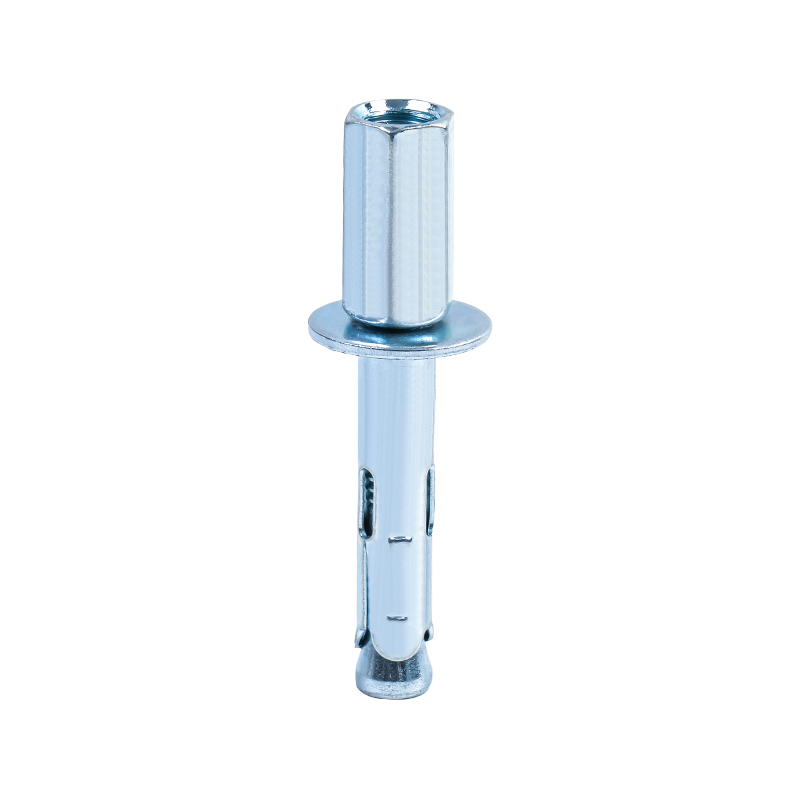
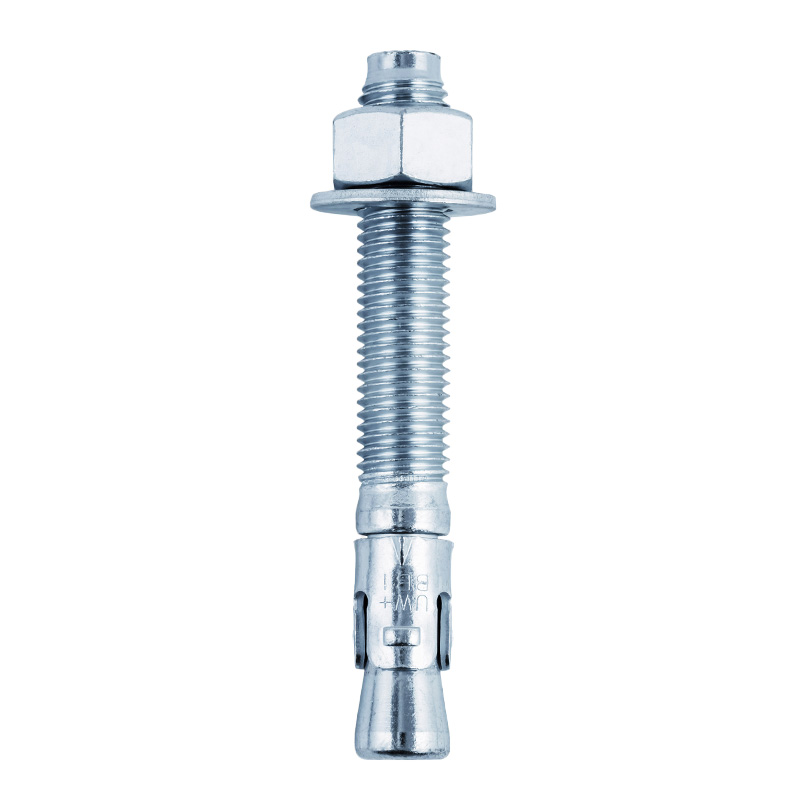

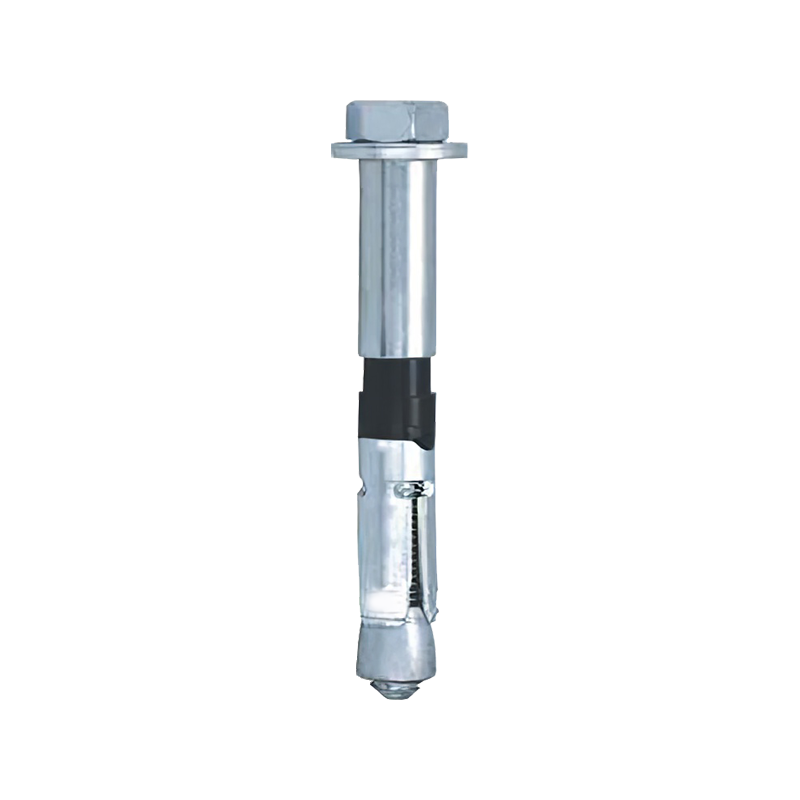
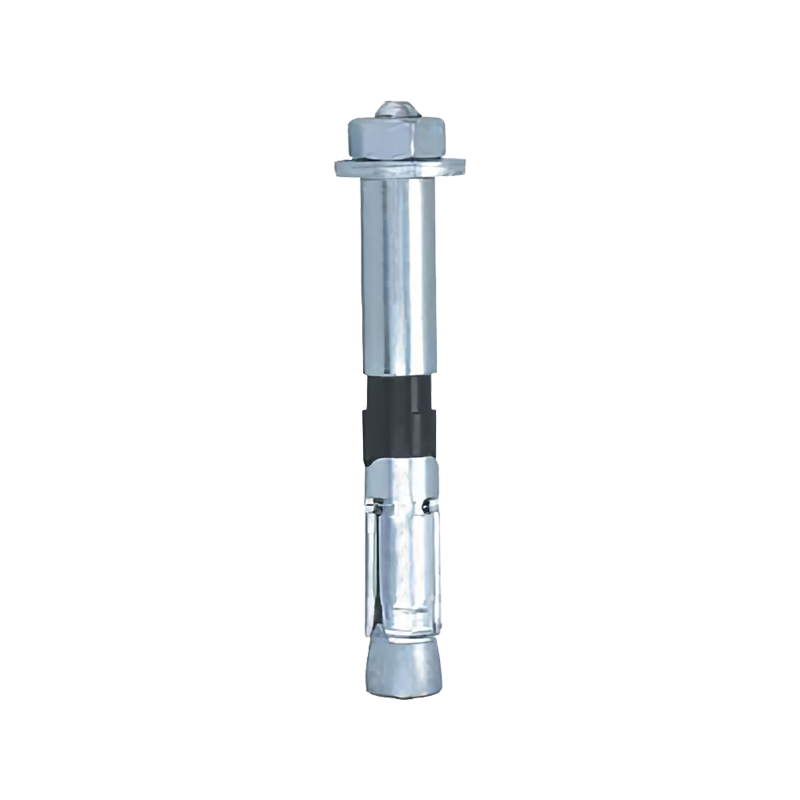
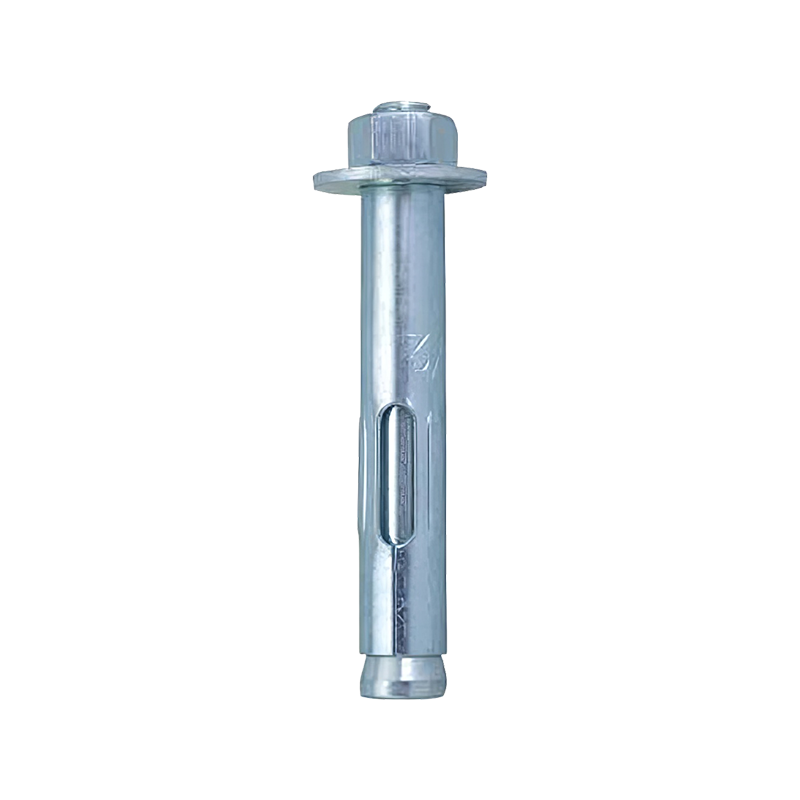
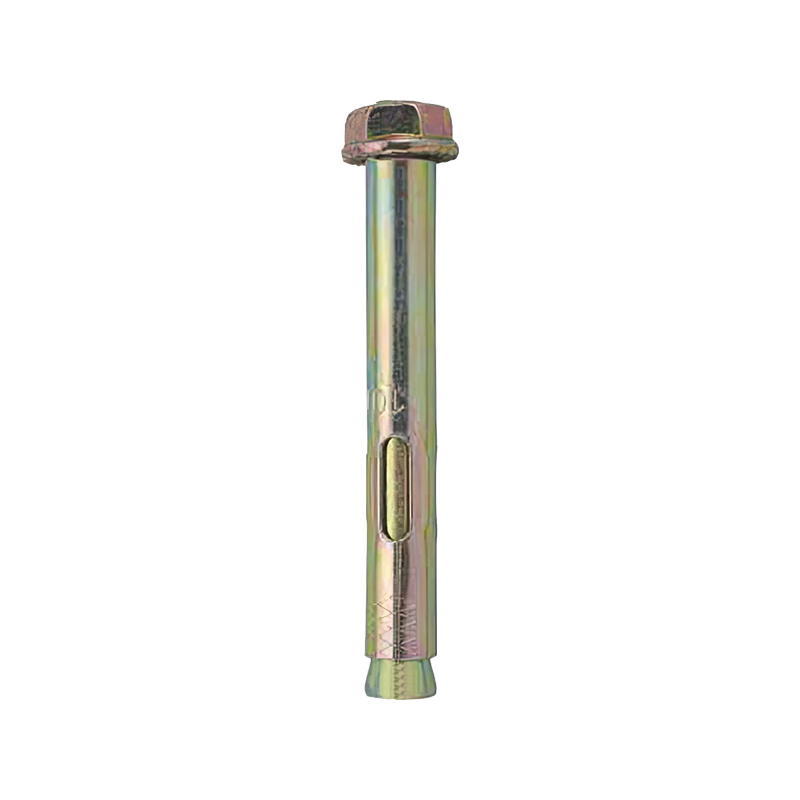

Contact Us